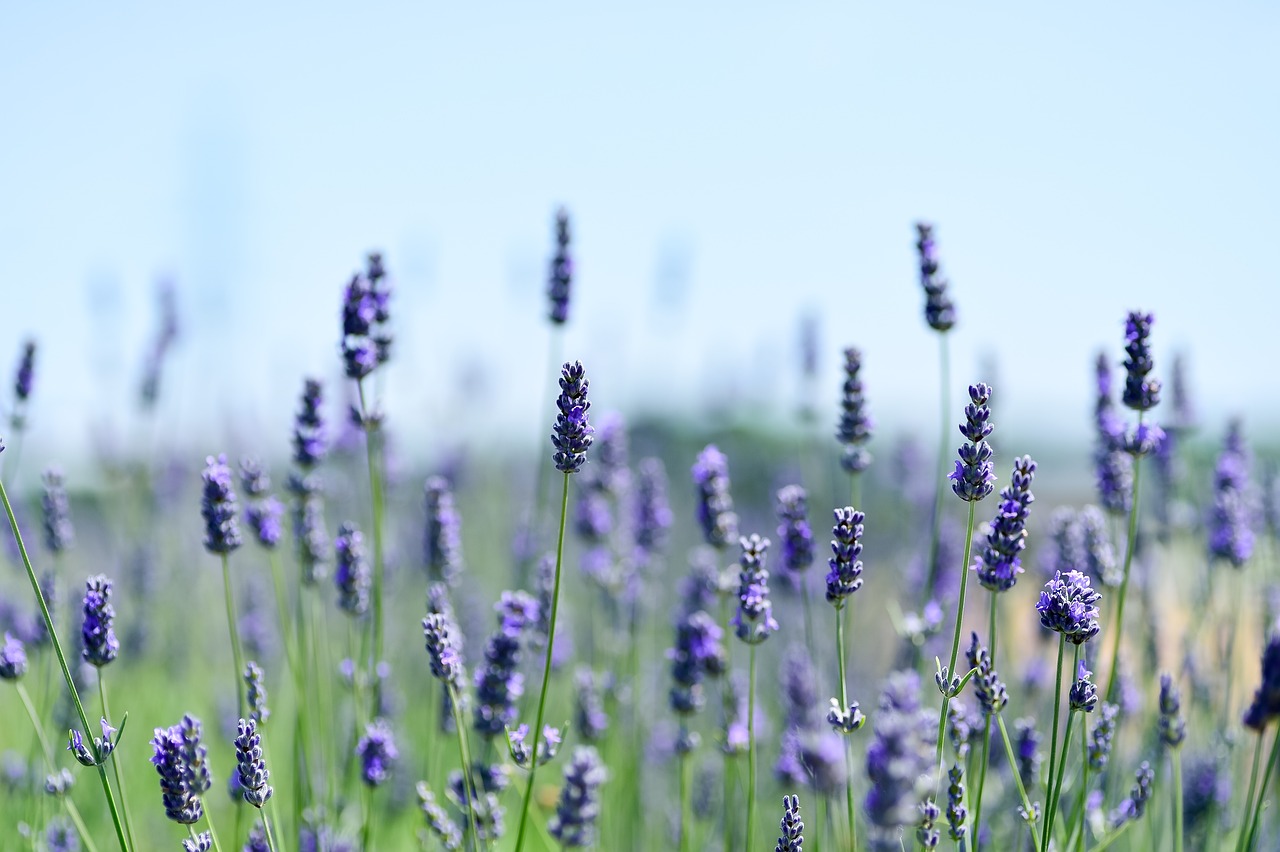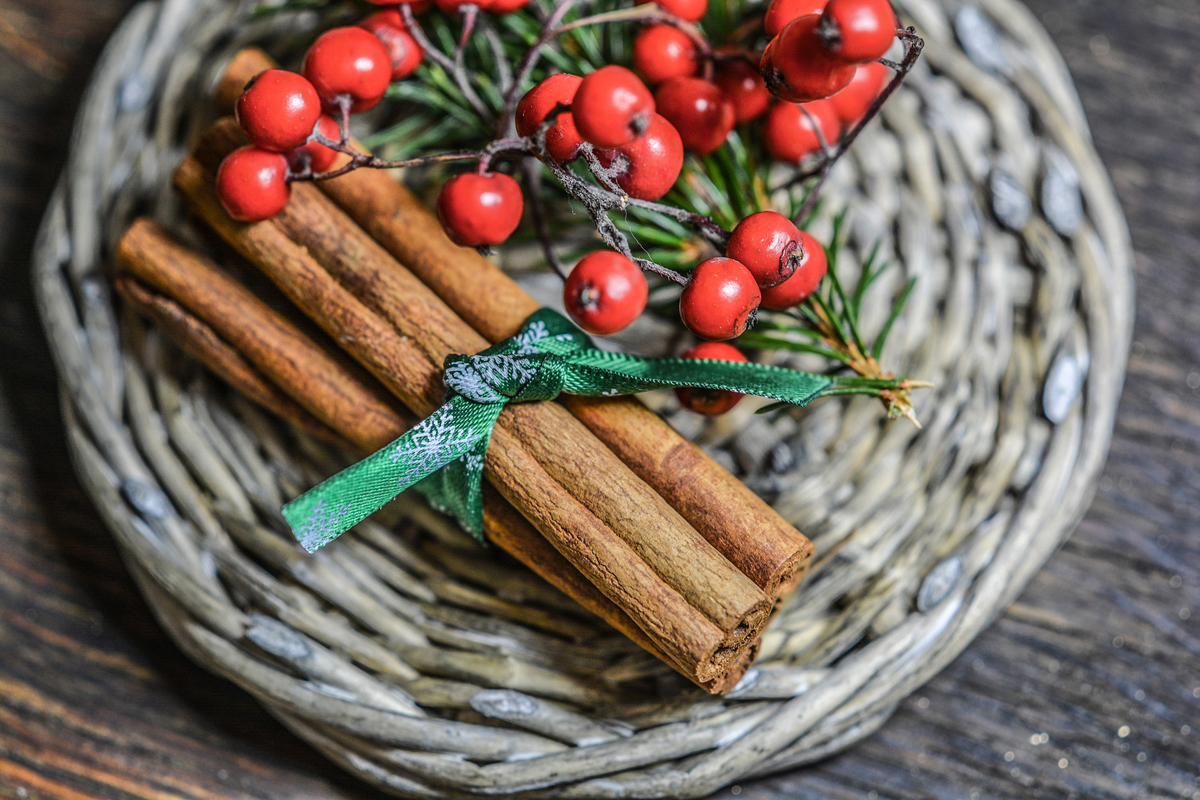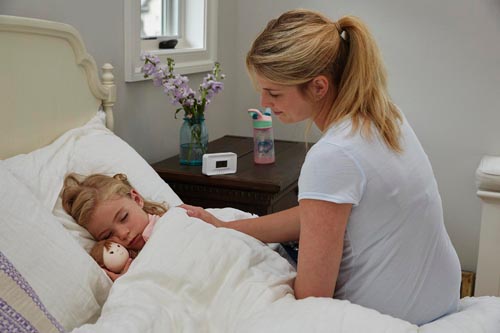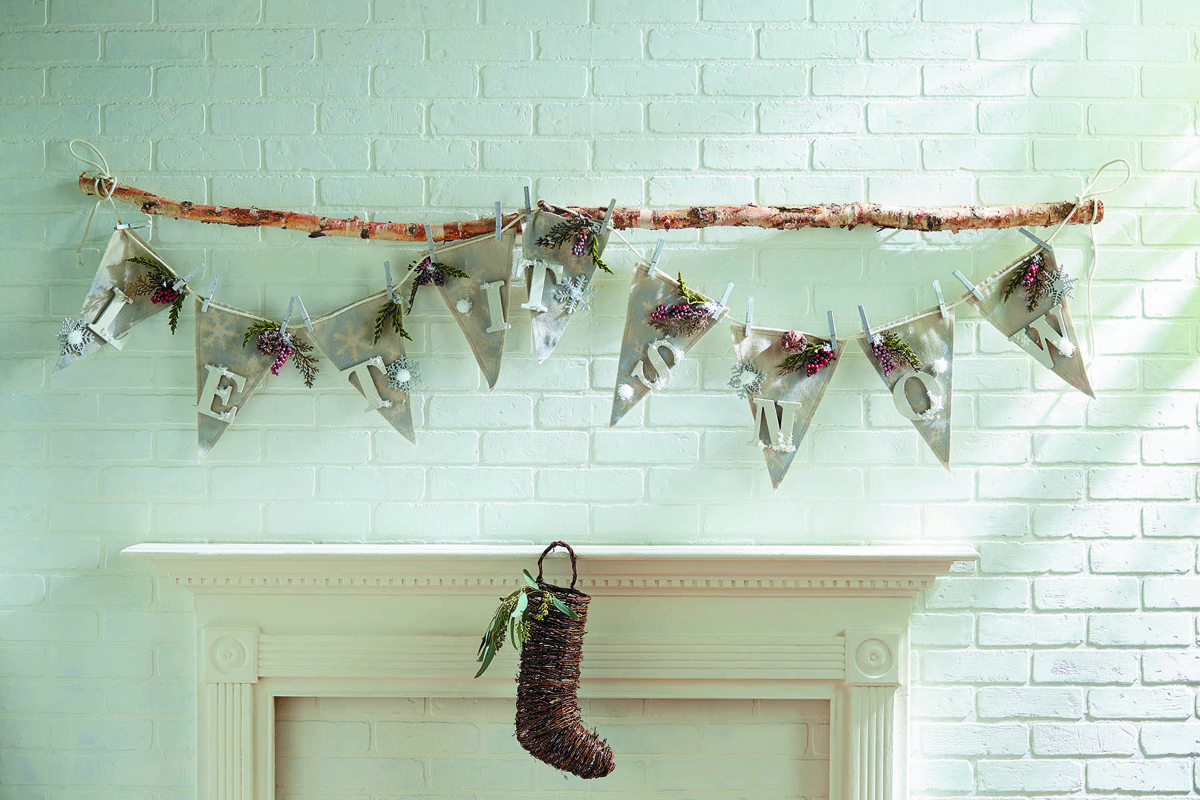Go Green and Save Green – How to Go Organic on a Budget Part 6

There are so many great reasons to eat only organic food. It is the best choice for your health and the health of the environment. So why doesn’t everyone go organic? There is a higher cost associated with organic food. It costs more to produce food naturally and that cost is passed on to the consumer. There are some things that you can do to make the switch to organic less costly.
There are four basic things you can do: grow what you can, spend your food dollars wisely, make most of your food from scratch and don’t waste anything. Each article in this series will address one specific change you can make in the four areas.
Grow What You Can
Give some thought to edible landscaping. Obviously, the type of plants suitable for your landscaping will depend on the area in which you currently live. Check with your local nursery to see which edible plants are best for your area.
Lavender is one type of plant that comes in many varieties; you are likely to find one well suited to your specific area. A lavender plant is a perennial shrub with edible flowers that are commonly used as a culinary herb. They are also beautiful plants.
Spend Your Food Dollars Wisely
Swap out the processed junk food cereals for oatmeal. Uncooked organic steel-cut oats will cost you about $1 per pound. That is about 25 cents for 3/4 of a cup, to which you add 3 cups of liquid to get 3.75 cups of finished oatmeal. That’s a whole lot of breakfast for 25 cents!
Just put the organic steel-cut oats and liquid in a crock pot and heat on low for 8 hours. That’s right, it can cook while you sleep! The liquid can be most anything; water is obviously the most frugal choice. Other popular options include milk, coconut milk or almond milk. I often cook my oatmeal in green tea; it infuses it with antioxidants and gives me the caffeine I like to start my day with.
Make Most Of Your Food From Scratch
This includes beverages. Fancy pre-bagged green tea blends are not cheap, especially when they are organic. Opt instead for an organic loose green tea and steep it with your favorite herbs or spices to create your own blend. If you do grow lavender, it makes an excellent addition to green tea.
Don’t Waste Anything
When I was a child, my Grandmother always saved used tea and brewed it again and again until the resulting beverage didn’t even resemble tea. There is a better way to reuse your tea leaves. Here are two options:
Compost the tea in your garden. The used tea leaves will become an excellent mulch for your garden, allowing you to grow more healthy organic food on the cheap.
Freeze the used tea until you have a sizable amount, about 2 cups of used leaves. Boil this in 4 cups of water for 10 minutes. Strain, then add the resulting tea to your bath water. The antioxidant and anti-inflammatory properties in the tea are great for your skin. You can still compost the tea leaves after using them to prepare the bath tea.
I hope you have learned a few new tricks for going organic on a budget. In the end, remember your health is your most valuable possession; don’t compromise it with cheap food. Use reasonable methods to save money while protecting your good health. Thanks for reading, see you in Part 7!
The Author:
Heather Krasovec, creator of Microwave Oven Reviews, uses her extensive experience in food based industries to help consumers make better choices when stocking their kitchens.








